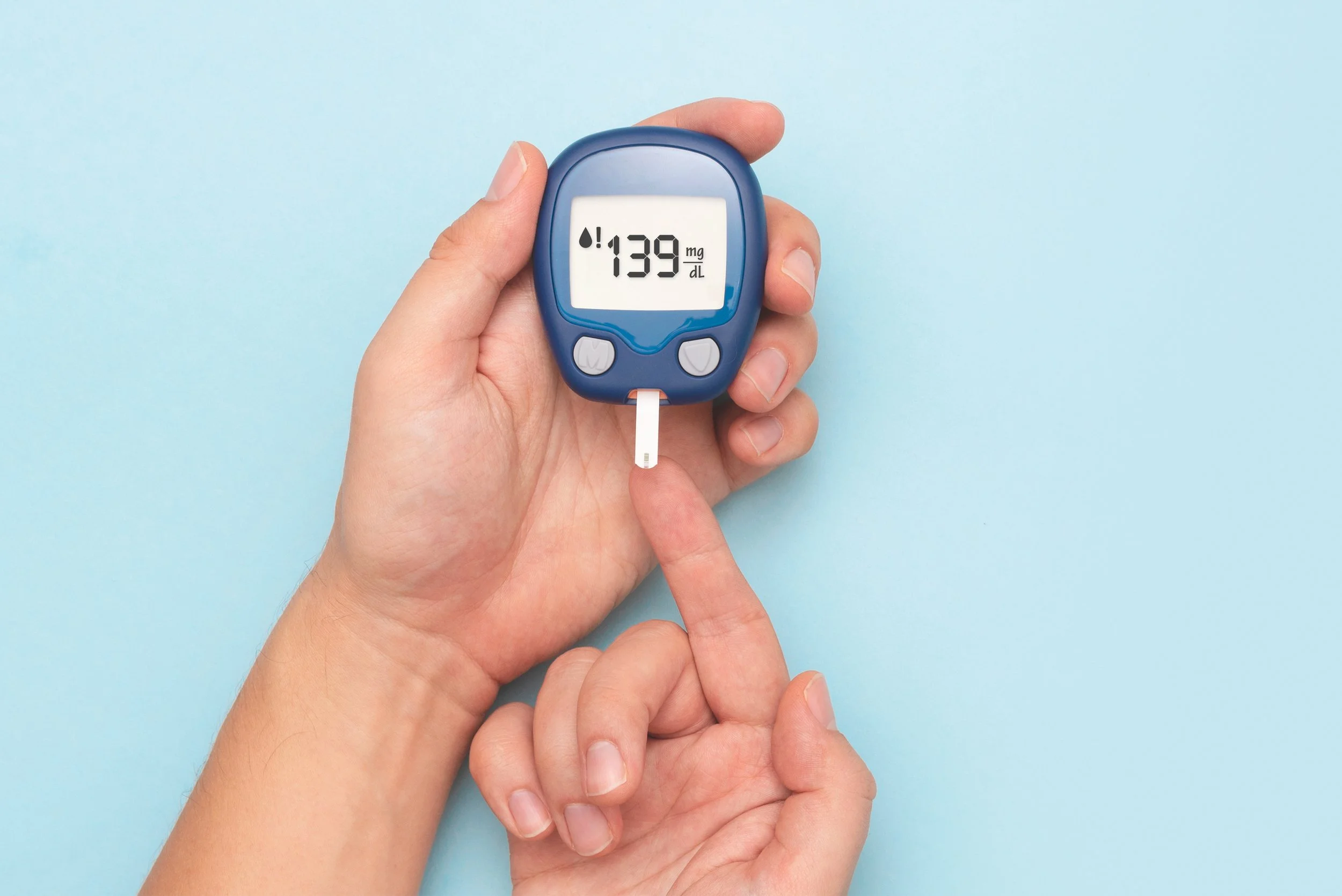Welcome to The Pearl Log — where post-shift wisdom surfaces, one shiny clinical take at a time. Some pearls are fresh, some are rough, all are found under pressure.
Find a Pearl

Pediatric DKA: A Quick Blurb
Pediatric DKA isn’t just “small adult DKA.”
Kids are often more dehydrated than they look, more prone to hypoglycemia and cerebral edema, and deserve careful, steady management. Fluids start with 10 cc/kg NS boluses, insulin runs at 0.05–0.1 U/kg/hr (never as a bolus), and electrolytes—especially potassium—must be watched closely. The two-bag system keeps glucose steady while ketoacidosis clears, balancing safety and control.

Diabetic KetoALKALOSIS
Sometimes DKA doesn’t read the textbook.
A patient can have elevated beta-hydroxybutyrate and a wide anion gap, yet show a normal or even alkalemic pH—thanks to vomiting, volume contraction, or mixed acid-base shifts. That’s diabetic ketoalkalosis. Don’t be fooled by the “normal” blood gas; if the gap and ketones are high, treat it like DKA.
